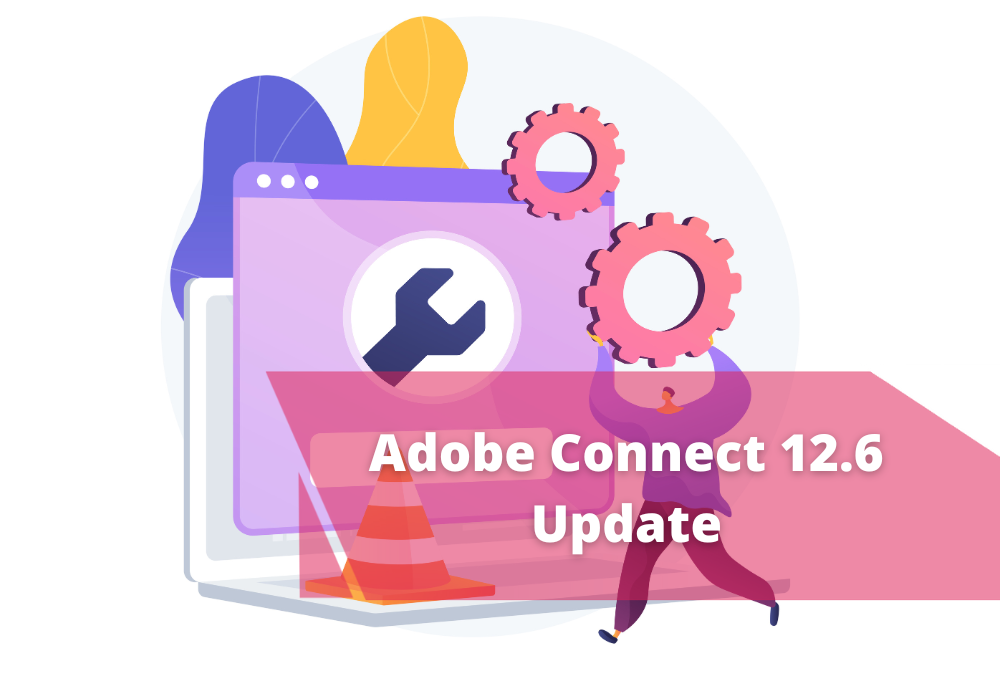We all come together in good times sharing soccer games, super bowls, birthdays, or graduations. But that’s nothing compared to how unanimously together we are during tough times. Right now, the worldwide community is coming together in their endeavors to survive the social and economic impacts of recent public health advisories, and Adobe Connect, alongside Connect Innovation, is committed to lending a hand.
But what if we ask ourselves what does all this mean to us? How does this social distancing is changing our lives? What does it mean for our working habits, how the world is impacted by our changed daily routines?
What does Smart working mean?
As we come out of a worldwide recession and move towards a shortage of key talent, employers will have to have a fundamental rethink of their approach to work.
There already is extensive evidence that people are choosing to move jobs in order to improve their work/life balance. No longer does a big pay packet bring satisfaction to employees with scarce skills. They recognize that time is as valuable an asset as money.
The new approach to work involves a shift in control from employer to employee. In the age of “smart” working an individual is in control of their own time. They decide when and where to work and are trusted to do so by their boss. There is no assumption that work can only be done in the usual daytime shift at the usual workplace. Many people, particularly those employed for their creativity, do their best work outside of the traditional hours. Why should we constrain people to work at times when they are at their least productive?
But the biggest hurdle that managers have to jump is to stop measuring inputs (hours worked) and start measuring outputs (achieving outcomes).
The future of the work
We are moving towards a future model of work that has truly adapted to the social, technological, and economic influences of the twenty-first century. Many organizations will struggle with this change since it challenges existing power bases and established management controls. It threatens the existence of some middle managers and erodes many of the trappings of power and status in hierarchical structures.
And we are facing a problem when it comes to the generation of digital natives who have joined the working population over the last decade. They are questioning fundamental assumptions about employment. They are not prepared to simply do what they are told. They are asking questions about why we work the way we do, and they are not satisfied with the answers. For the rest of their lives, they are using technology to free them from constraints of time and place, but their job is based on an assumption that these are fixed. They use social media to relate to friends at a distance but are expected to spend endless hours in office-based meetings as part of their jobs.

The virtual workplace
Once we have broken the link between work and a fixed location, a whole range of potential workplaces emerge. It may be convenient for some people to work some of the time from home. Where this fits in with people’s personal lives and their work commitments it can be highly productive. Just saving the time and hassle of a daily commute brings rewards but people also report significant improvements in output per hour worked at home versus a noisy office.
The ability to mix work and pleasure, aided by technology, will be a key factor in shaping people’s lives over the next decade. If employers don’t keep up with this trend they are likely to lose their best people, either to more agile organizations or to some form of self-employment. By starting from the assumption that work is an activity that can be performed anywhere and at any time, they will impose the minimum of constraints on their workforce. As long as they measure and reward output and treat people like adults they will be successful. This sounds like a simple task, but it conflicts with the prevailing culture in many businesses and may take a serious shake-up of leadership to achieve.
Source: bbvaopenmind.com
 sv
sv  no
no fi
fi en
en da
da











